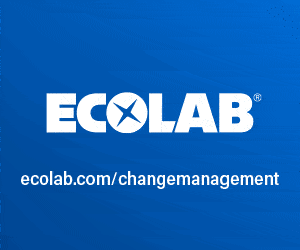Düsseldorf-based manufacturer elm-plastic is one of the latest precision manufacturers to realise the advantage of using activeFlowBalance from Sumitomo (SHI) Demag in its all-electric IntElect machine. In doing so, the producer of medical injectors has addressed the issue of producing thin-wall components in 32-cavity moulds, evening the fill and boosting output by 50% while also increasing general production quality.
Until recently, manufacturing flawless 8ml injectors in a 32-cavity mould had presented the elm-plastic engineers with a major challenge. When components with long flow paths also have small wall-thicknesses, as these have, difficulties can arise. The components in question have a prescribed wall-thickness of just 1mm – while the flow path is longer than 100mm.




